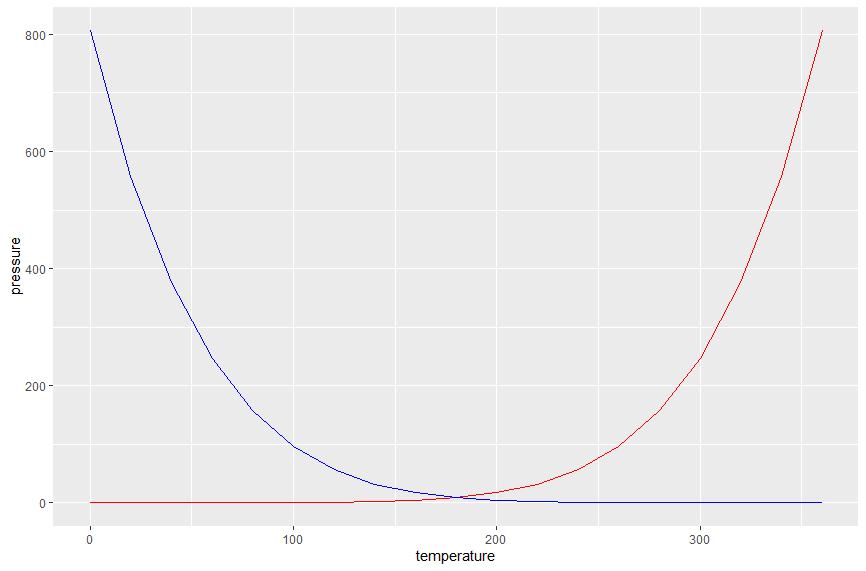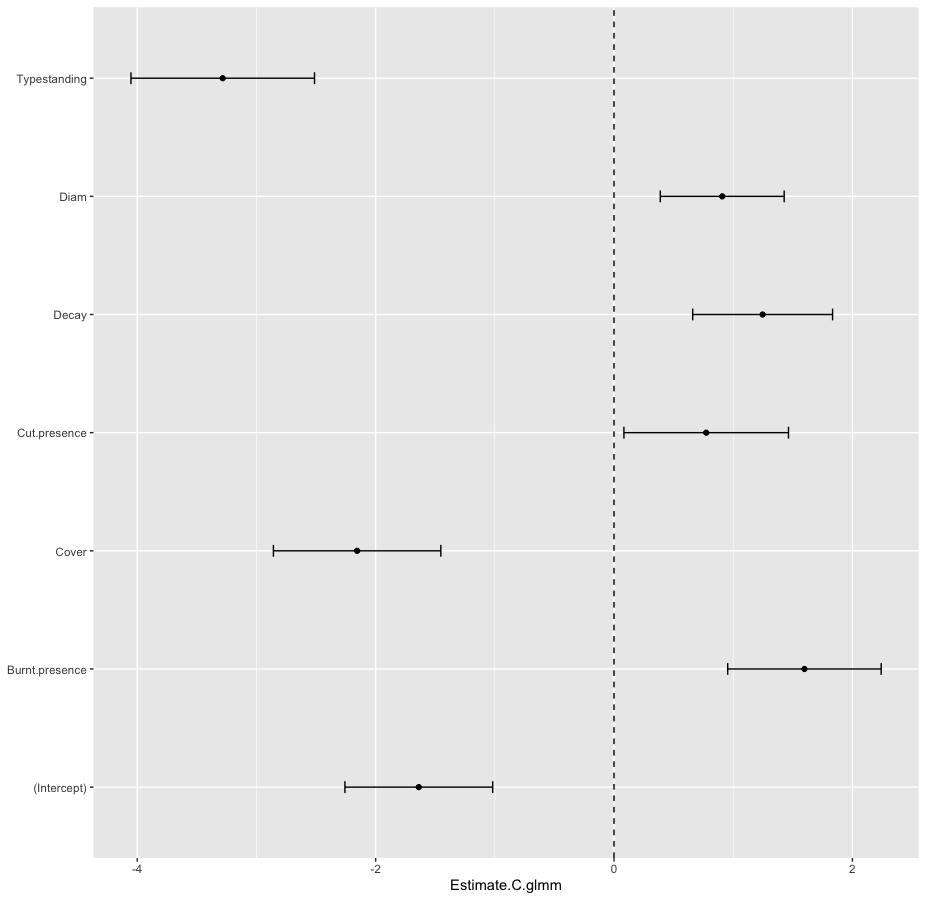
By summarizing how often each of these id's occurred in a bootstrapped data set, we can see how the re-sampling works.

The new version of the data set contains a new variable called orig.ids which is the number of the subject from the original data set. We can apply this function to a data set and get a new version of the data set by sampling new observations with replacement from the original one. To perform bootstrapping, we will use the resample function from the mosaic package. Our uses for bootstrapping will be typically to use it when some of our assumptions (especially normality) might be violated for our regular procedure to provide more trustworthy inferences. Bootstrapping is especially useful in situations where we are interested in statistics other than the mean (say we want a confidence interval for a median or a standard deviation) or when we consider functions of more than one parameter and don't want to derive the distribution of the statistic (say the difference in two medians). This process ends up giving us good distributions of statistics even when our standard normality assumption is violated, similar to what we encountered in the permutation tests. Since each observation represents other similar observations in the population, if we sample with replacement from our data set it mimics the process of taking repeated random samples from our population of interest. In statistics, we make our situation or inferences better by re-using the observations we have by assuming that the sample represents the population.

The nonparametric approach will be using what is called bootstrapping and draws its name from "pull yourself up by your bootstraps" where you improve your situation based on your own efforts.

As before, there are two options we will consider - a parametric and a nonparametric approach. In most situations, we also want to estimate parameters of interest and provide confidence intervals for those parameters (an interval where we are _% confident that the true parameter lies). This provides us with a technique for testing hypotheses because it provides a new ordering of the observations that is valid if the null hypothesis is assumed true. In other words, we randomly sample one observation at a time from the treatments until we have n observations. The simplest way to obtain a confidence interval for a sample mean is with the t.test function, which provides one with the output.Īlternative hypothesis: true mean is not equal to 0įrom the results, you can see that the mean is 196.99, with a 95% confidence interval of 190.18 to shuffling the treatments between the observations is like randomly sampling the treatments without replacement.

There are other stringent CIs like 99.7% but 95% is a golden standard for all practical purposes. If we repeatedly choose many samples, each would have a different confidence interval but statistics tells us 95% of the time, CI will contain the true population mean. In our example, suppose the mean is 990 and standard deviation as computed is 47.4, then we would have a confidence interval (895.2, 1084.8) i.e.
#CONFIDENCE INTERVAL RSTUDIO PLUS#
A prediction interval gives an indication of how accurately the sample mean predicts the value of a further observation drawn from the population.Ĭonfidence interval defines like: estimate ± margin of error.Ī 95% confidence interval (CI) is twice the standard error (also called margin of error) plus or minus the mean.


 0 kommentar(er)
0 kommentar(er)
